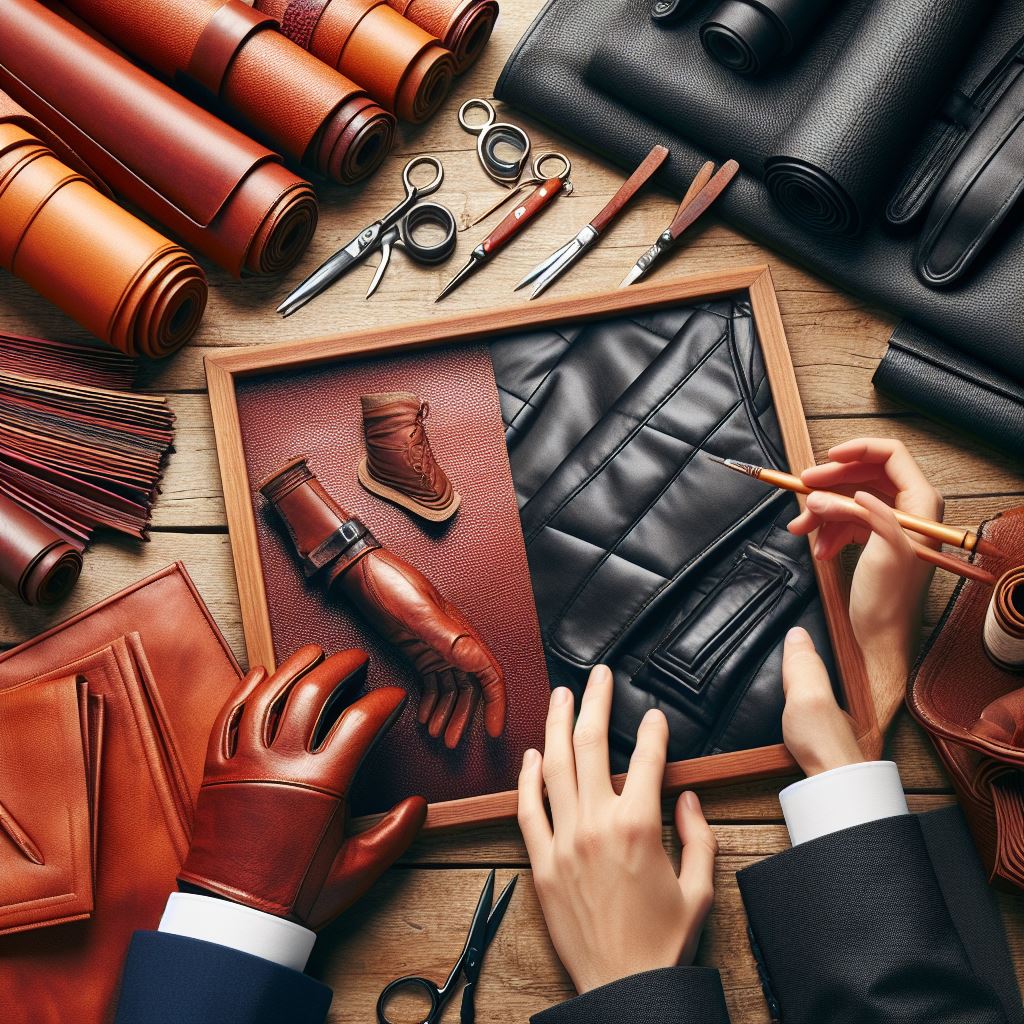Genuine vs Synthetic Leather: 5 Key Differences
Posted by The Green Tanners on 19th Sep 2025
Introduction
Leather has been a valuable material for decades, due to its durability, comfort, and ability to last for years. It does not matter whether it is a stylish leather bag, a leather jacket, or a cozy, soft sweater. Leather goods are now used around the world. Now there is a large number of leather goods available in the market. But not all leather materials are the same. You might be familiar with terms like genuine leather and “synthetic leather,” and you might have several doubts regarding the difference between the two. If you are clear about your confusion, stay in touch with us and keep reading further. In the end, you will be able to choose the best one for you.
What is Genuine Leather?
There is no universal system for labeling leather: the rules vary from one country to another. Some countries have strict laws, while others only have guidelines. As a result, the term ‘genuine leather’ can mean different things. For instance, ‘genuine leather’ might be prepared from ‘split leather’, which is the lowest layer of the hide. It could also be made from several leftover layers glued together and stamped with a leather-like texture, known as ‘bonded leather’.
What is Synthetic Leather?
Synthetic leather, also known as faux leather or vegan leather, is a man-made material designed to look and feel like real leather. Most of the time, it is made from plastics such as polyurethane (PU) or polyvinyl chloride (PVC). Synthetic leather offers an alternative to real leather that does not involve animal harm, but it does present some sustainability challenges. Synthetic leather is the result of extensive research and innovation. The manufacturing process begins in laboratories rather than fields, where raw materials are combined to create a flexible substitute for real leather.

What are the differences between Genuine Leather and Synthetic Leather?
There are seven easy ways that you can differentiate the synthetic leather. The differences are based on the characteristics and advantages. However, it is difficult to determine the ideal material for the specific leather good production.
Examine the label
Always verify the product's label. Authentic leather goods often include a mark stating that they are composed of real leather. The kind of leather used, such as top-grain or full-grain leather, may also be mentioned on the label. Products manufactured from synthetic leather may be labeled as vegan, man-made, or fake leather.
Examine the scent
There is a particular fragrance to genuine leather that is difficult to replace. Genuine leather is sometimes characterized as having an earthy, musky, or leathery scent. Particularly when it's brand-new, synthetic leather may smell chemical or plastic-like.

Examine the textual content
Genuine leather feels different from synthetic leather because of its unique texture. Unlike real leather, which has an irregular texture with natural patterns, synthetic leather has a smooth and consistent texture. When you touch genuine leather, you can feel its texture under your fingertips. Synthetic leather, on the other hand, may feel softer and less natural to the touch.
Feel the surface
Examining the material's pores is essential for distinguishing between genuine and imitation leather. Should the leather seem too perfect, it can be too good to be true. Genuine leather has a unique, asymmetrical pore pattern that is inherent to its natural makeup. Synthetic leather, on the other hand, has a consistent, repeating pore pattern because of how it is made.

Check the cost
Real leather costs more than imitation leather. It's likely fake leather if a product is inexpensively priced yet promoted as leather. The cost of creating authentic leather is higher due to its more intricate and costly procedure. Ability to
Absorb Water
While synthetic leather is water-resistant, real leather is porous and may absorb moisture. You may evaluate the authenticity of leather by applying a few droplets of water to it. Genuine leather will absorb the water and take on a darker hue. Water will not soak into synthetic leather; in fact, it could even reject it.

Conclusion
Genuine leather and synthetic leather might look similar at first sight, but they undergo different manufacturing processes and uses. Somehow, their price tags are pretty much the same, but the synthetic kind does not require much maintenance, and it is more beneficial. However, when we talk about the class and durability, the real leather is always going to be on the first rank.
Frequently Asked Questions (FAQs)
How to spot the difference between authentic leather and fake leather?
If you peek at the back of the leather, you might figure out if it's fake or real. Sometimes, a fake leather surface is stuck or glued onto fabric or paper-like material. Real leather might feel rough or smooth, and it might have a different color on the top side.
What are the five distinct varieties of leather?
Leather Varieties: Grades, Quality, and Hides – Billy Tannery This categorization is commonly referred to as leather grading. Arranged from highest to lowest quality, the five varieties, or grades, of leather include full-grain leather, top-grain leather, genuine leather (also referred to as premium leather), split-grain leather, and bonded leather.


